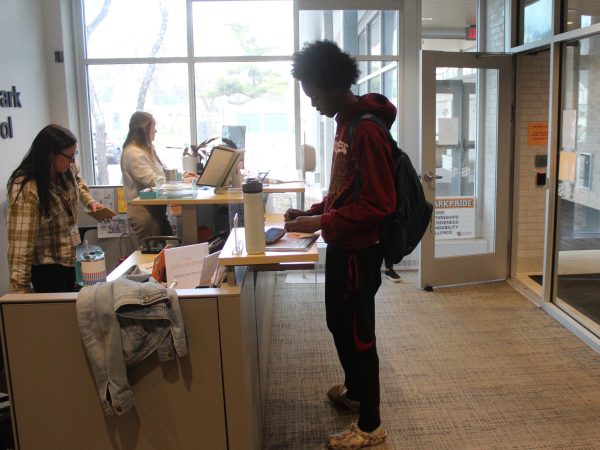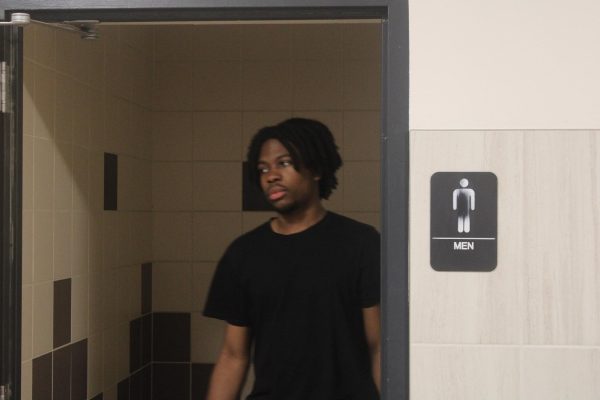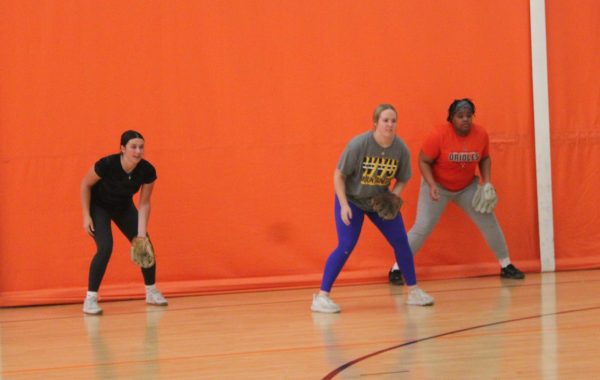Learning goes both ways
Teachers should seek out student feedback
May 10, 2022
In the middle of a heated argument with a friend over where to eat, I used a strategy one of my teachers mentioned to come to a compromise. While getting my pick of a burrito restaurant is certainly not the most important thing I will gain from that teacher, it does show that educators have a lot of wisdom to share, even unrelated to their subject areas.
Students should take full advantage of listening to and learning from what teachers have to say — and it is kind of the whole point of school. But even so, in order to grow and adapt to a changing world, teachers should also actively seek feedback from students in order to maximize our education.
School can be frustrating, especially during a pandemic. When I’m sitting in a classroom, it’s not hard to sense the dissatisfaction and lack of motivation. In fact, it’s rare to go through a full class period without hearing or saying a complaint like, “This assignment is so pointless,” or, “Can’t we just learn (blank) instead?”
Unfortunately, these comments aren’t directed at the people who can fix them — the complaints just go around and around amongst students. Often, I hear (or say) the same complaints in the same class period day after day. It’s exhausting.
It seems like there’s an easy solution — why don’t students just tell teachers directly what they are feeling? Teachers could take students’ concerns into account and adjust their teaching accordingly. This is a great idea, but teenagers aren’t really known for healthy, direct communication. Students also might not want to risk a teacher getting angry at them, or they might just feel bad for bringing up concerns.
Teachers’ position of authority often means that, if they want real and honest feedback, they should ask for it. Many educators already do this by giving students an opportunity to submit feedback forms at the end of each quarter or semester, but teachers should gather feedback much more often than that.
Teachers who have tried giving students feedback forms regularly have found that student outcomes can improve when they take their input into account. It’s important that the surveys ask specific questions, and that they are anonymous.
These feedback forms wouldn’t solve all our problems — it’s simply not possible to make everyone happy, and that should not be the goal. It is often important for teachers to create structure in the classroom and push students to step outside of their comfort zones, and this sometimes doesn’t align with what students want to do.
However, asking for feedback and taking it into serious consideration would make school feel more like a collaboration between students and teachers to reach a common goal. Feedback forms also ensure that all students are heard, not just the loudest ones.
Arguably the best part about giving students an opportunity to voice their opinions through feedback forms is that this process itself could be a lesson for students. They can learn how to effectively express themselves and come to a compromise. Teachers and students should take advantage of this opportunity to collectively learn and grow by opening the lines of communication.












